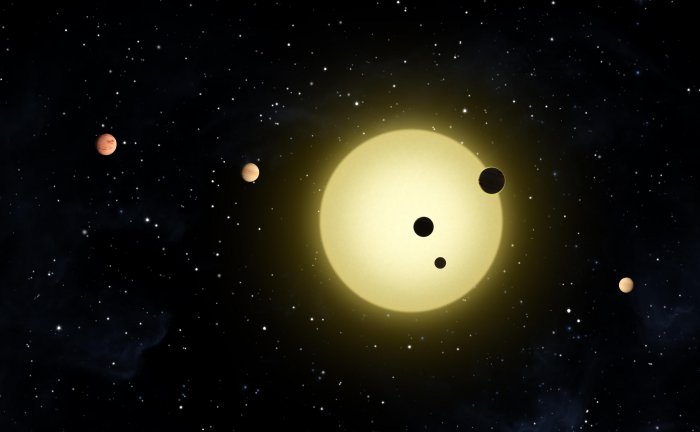NASA launched a balloon to travel across the Arctic skies and it managed to capture some incredible images featuring rare blue clouds. These clouds are apparently formed when ice crystals interact with pieces of broken meteors. Scientifically, they are called noctilucent clouds or PMCs (polar mesospheric clouds).
By studying them, scientists can better understand turbulence in the atmosphere and they can even lend a hand with forecasting weather. You can see such clouds just after the sun has finished setting in Polar Regions during summer days. That’s because ice starts to form and envelop meteor remains which can be found in the upper atmosphere.
Dr. Dave Fritts, the man who led the PMC Turbo mission said that “our cameras were likely able to capture some really interesting events and we hope will provide new insights into these complex dynamics”. The mission had the balloon floating through the stratosphere for five consecutive days while its on board cameras were capturing six million high-resolution images.
The balloon was equipped with seven high-resolution cameras, a communication system and a computer control. Capable of recording 32 terabytes of data, it can capture mosaic or wide views extending one hundred miles across.
The clouds appearance is influenced also by the so-called atmospheric gravity waves. They are caused by masses of air which are pushed up as they encounter physical masses like mountain ranges. Dr. Fritts said that “This is the first time we’ve been able to visualise the flow of energy from larger gravity waves to smaller flow instabilities and turbulence in the upper atmosphere”.
Apparently, these kinds of altitudes can literally show you gravity waves breaking and cascading to turbulence. They resemble the kind of waves that you observe while looking at the ocean from the beach.


